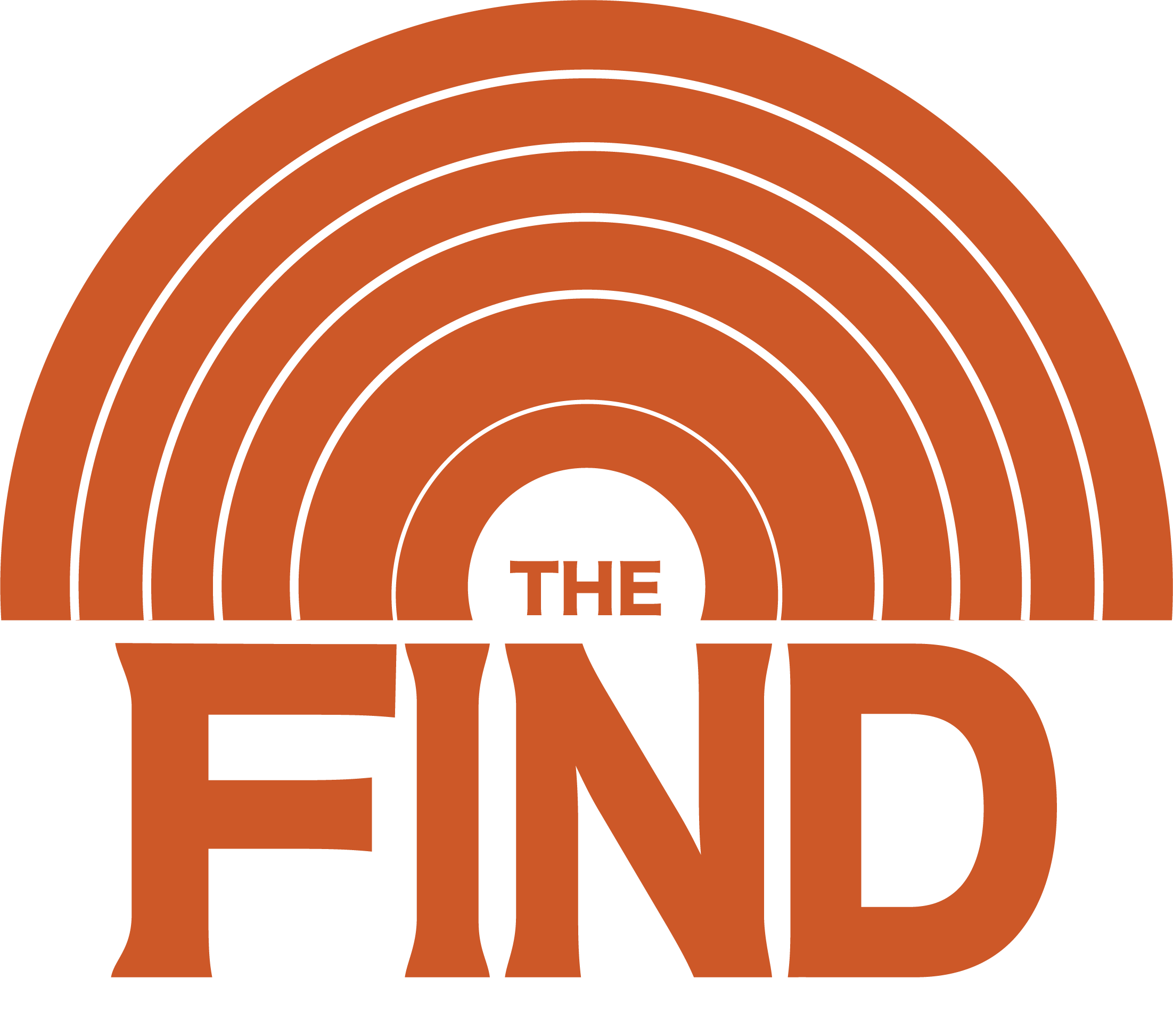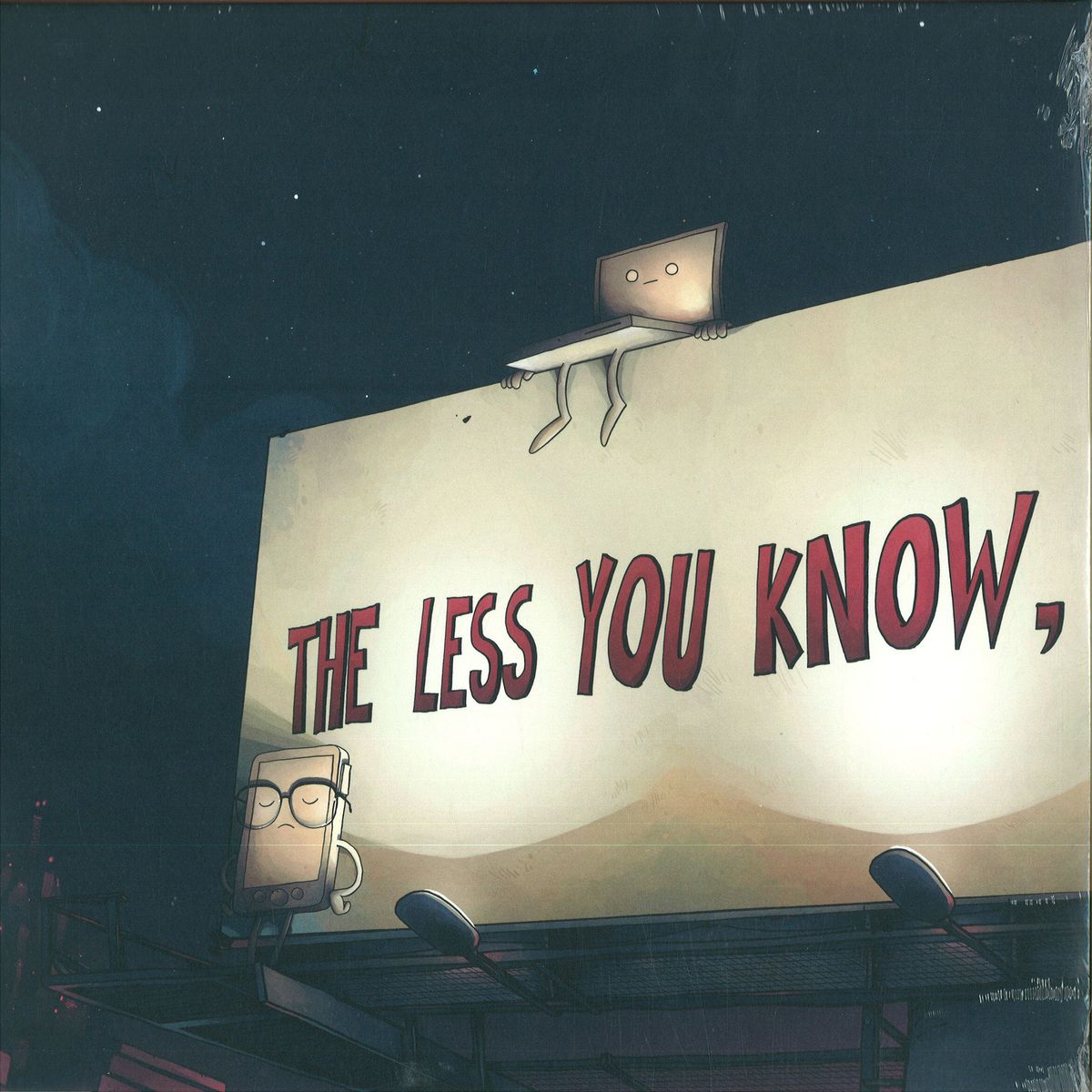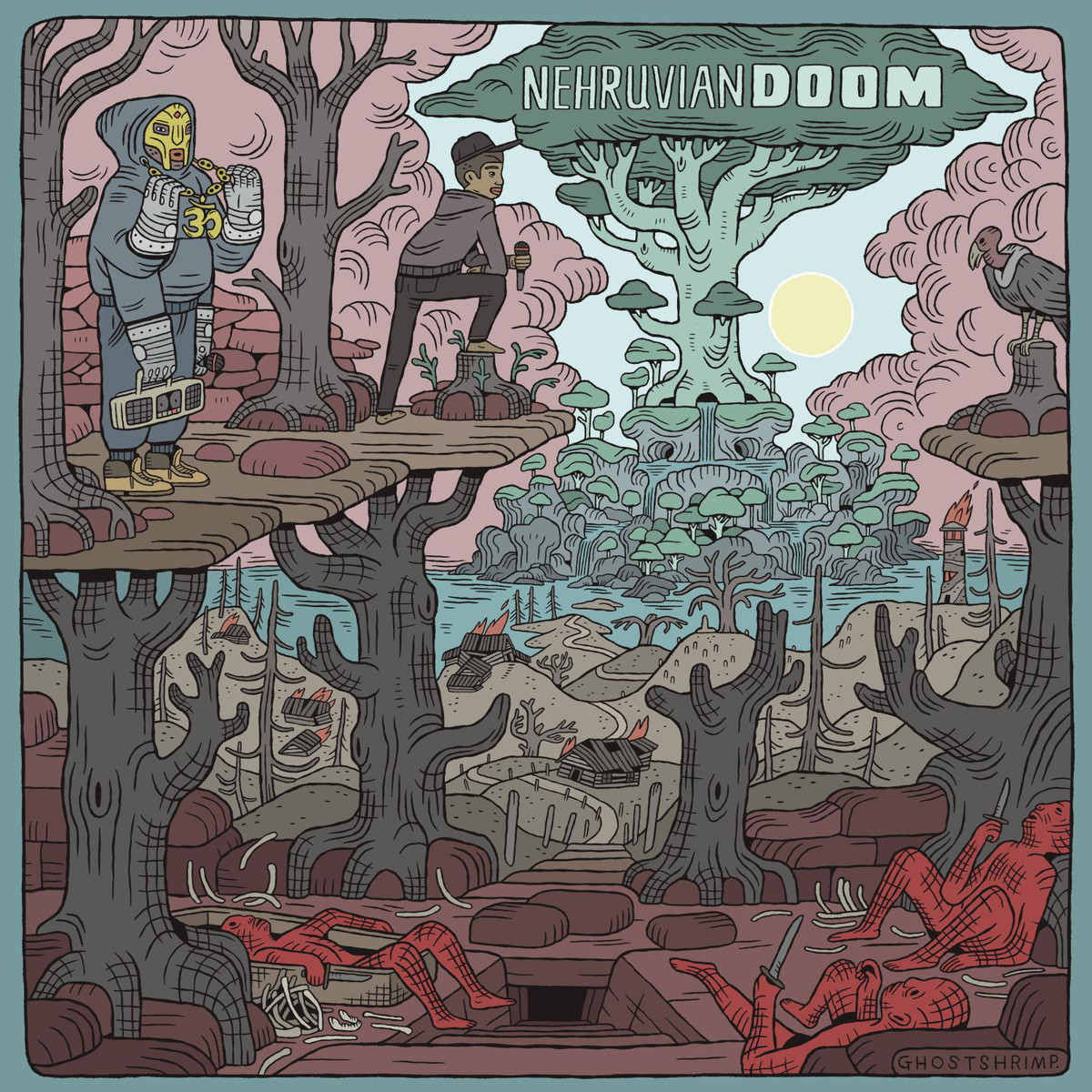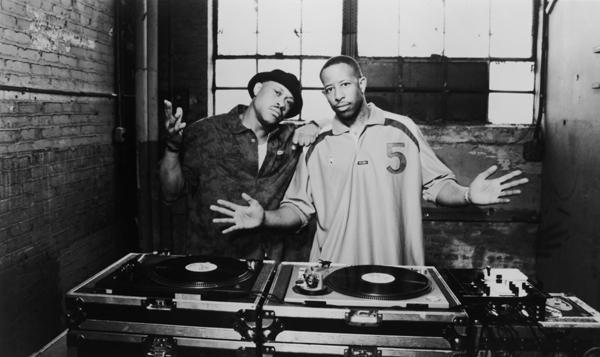Article: Hip Hop Cinema – Samurai Champloo
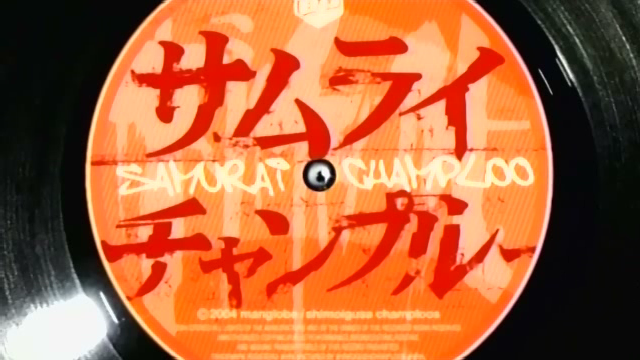
Upon the recent release of Nujabes’ posthumous album, it’s an appropriate time to revisit Samurai Champloo, the anachronistic Japanese tv series whose unique blend of Beats and Samurai was a gateway drug for many into the world of ‘underground’ hip hop.
‘Hip Hop Cinema’ is a series of columns delving into the history of hip hop culture in cinema and television.
Upon the release of Nujabes’ posthumous album, it’s an appropriate time to revisit Samurai Champloo, the anachronistic Japanese tv series whose unique blend of Beats and Samurai was a gateway drug for many into the world of ‘underground’ hip hop.
From the moment the intro credits roll, with their heavily styled and kinetic use of hiphop and visual, viewers knew they were in for something special. There’s something satisfying about the combination of hip hop and ‘chambara’ (Japanese swordplay films). Maybe because the swagger of hip hop gels nicely with the masculinity of bushido (the samurai code of conduct). Maybe the speed, agility and focus of a Japanese sword-fight matches well with the sharp rhythms of hip hop.
It’s not the first time that historical fiction has been paired with modern musical sensibility (just about any modern film set in a historical periods takes a few liberties with its soundtrack), but Samurai Champloo takes it to a whole new level.
Shinichiro Watanabe’s 26 episode anime series follows a pair of young wandering swordsmen (one a traditionally trained and serious ronin, Jin, the other a wild and reckless rogue, Mugen, whose sword-fighting style is a spectacular mash of breakdancing and Capoeira) as they accompany a young girl on her quest to track down a missing person.
Intentionally loose with history and layered with modern references, the show inserts modern slang, gangsta attitudes, low-rider palanquins, sports-kimonos and street clothing as if it were the most natural thing in the world. The series explored a wide variety of subjects and tones, always heavy in kinetic action scenes, humour, sharp character interplay and, of course hip hop culture.
The major reason for the Samurai Champloo’s success in introducing hip hop culture to its fans, may actually come down to something as subconscious as racial acceptance
A minor hit in Japan and the West, the series appealed less to the typical anime teenage demographic and connected more with slightly older viewers. The resulting program sparked a cult-like following which has continued to grow over time, and feed a renewed interest in rap and beats among the demographic now in their mid 20s.
The major reason however, for the show’s success in introducing hiphop culture to its fans may actually come down to something as subconscious as racial acceptance. For a long time, rap has been (rightfully) the exclusive claim of African Americans, and thoroughly entwined in that culture, often to the exclusion of all others. For many white Westerners, that has long been a barrier which has kept them from full immersion in the music.
Although rap was enormously popular with a white audience, it was always implicit that they must remain as spectators (to today, white emcees are still the butt of jokes for most). Not so much an issue of racism, then, as much as an issue of sensitivity. However, the same problem did not really exist in Europe and Asia, where young emcees were removed from the history and implied racial-specificity of hip hop, and simply enjoyed the music, relating to the overall themes rather than any one ethnicity. Samurai Champloo was Black American urban culture through the lens of Japan.
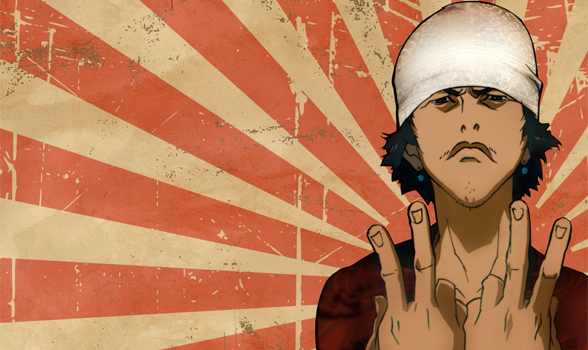
Following that chain of appropriation, for those seeing Samurai Champloo in the west, the realisation that hip hop could be embraced (and performed well) by a people as traditionally conservative as the Japanese meant that it could be adopted by anyone. For many, it was a realisation that you did not need to be American (let alone Black) to engage with or create hip hop. An effect no doubt boosted by Anime’s race-blurring visual features, which played a major part in its success with white teens in the west (I suspect that if the characters in Anime looked more ethnically Japanese, the western Anime-boom in general is unlikely to have occurred).
By creating a historical context, it mitigates some of the criticisms which the elder Japanese generation make towards the youth of today
The choice of using hip hop, both as the soundtrack and a predominant design choice within the series is more than just a cute stylistic gimmick, and is vital to the themes of the series (unlike Afro Samurai, a glaring example of style for style’s sake). What director Watanabe achieves with the juxtaposition of hip hop and Edo-period culture is two-fold: One, it creates an cool new lens in which to engage with history. Two, it presents a loaded parallel between the Edo Period and the Modern day, comparing the changing cultural attitudes in a post-war society and the effect of trade and foreign culture to nurture an explosion in creativity in arts and music.
For the Edo period, its the death of the Samurai class after the feudal period, for the modern day its the slow phasing out of conservative Japanese values post Second World War, here codified in youth adapting the attitudes and music of hip hop. By creating a historical context, it mitigates some of the criticisms which the elder Japanese generation make towards the youth of today.
Soundtrack duties on the show were predominantly shared between four beat-making crews. Nujabes, whose approach to mellow jazz-hop and piano-hop was already a trend in underground Japanese beats (though he was was only a minor figure at the time), Fat Jon, very smooth producer for the Five Deez, whose uncomplicated approach to sampling resulted in some sonically deep beats, Tsutchie, whose approach is completely organic and versatile, layering synthetic keys over a sparsely padded background with thick bass-lines and occasional samples, and Force of Nature, a production pair who focused mainly on high-energy sample-made breaks but delivered a wide variety of classy hip hop beats over the series.
It’s interesting to be struck by just how repetitive and sometimes simplistic the soundtrack is, which though the beats are made with care and quality are not much more than background music at times
Nujabes would quickly become a fan-favourite and the only one (besides Fat Jon) for who the show made a substantial boost in his career, partially because of careless teenagers on Youtube incorrectly crediting him with just about every track on the show, while the most often featured musician on the show and most responsible for the overall musical texture, Tsutchie, would end up criminally ignored.
Listening back over the soundtrack albums for the show (of which there are five, including one vinyl record collecting some of the tracks already released on CD), it’s interesting to be struck by just how repetitive and sometimes simplistic the beats are, which though they are made with care and quality are not much more than background music at times. However, in the context of a soundtrack it all meshes perfectly, to the credit of show runner Watanabe (whose passion for music was proven in his earlier hit series, Cowboy Bebop), and the immaculate sound-design.
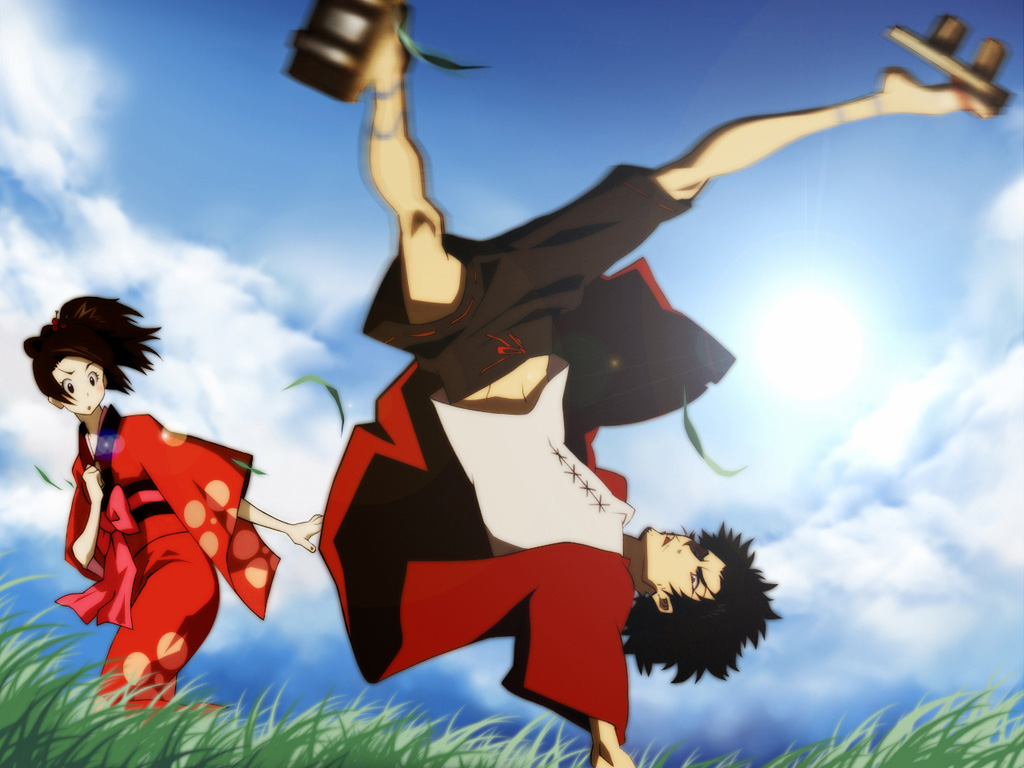 The influence of these four mostly unknown artists on the the new batch of young beat-makers is palpable, many of whom will admit that Samurai Champloo was their first memorable interaction with hip hop. In this case for anyone who has watched the influx from the outside, it’s clear that the series has led to an over-inflation of the importance of the four acts mentioned, to the point where the music itself is perhaps no longer judged on its own merits but through a lens of devotion and nostalgia.
The influence of these four mostly unknown artists on the the new batch of young beat-makers is palpable, many of whom will admit that Samurai Champloo was their first memorable interaction with hip hop. In this case for anyone who has watched the influx from the outside, it’s clear that the series has led to an over-inflation of the importance of the four acts mentioned, to the point where the music itself is perhaps no longer judged on its own merits but through a lens of devotion and nostalgia.
Whether or not they’re ‘real’ hip hop fans is a ridiculous point to argue, as we’ve all had our different entry-points to this music, but the influx of an enthusiastic and international youngsters into the scene has been nothing but positive for hip hop overall.
For that, we have Shinichiro Watanabe and a truly exceptional little animated series to thank.
